- Expert advice/
- Fashion & beauty/
- Wedding attire/
- What to Wear to an Indian Wedding
- Wedding attire
What to Wear to an Indian Wedding
An invitation to an Indian wedding is an invitation to dress to the nines. Here are a few ideas for how to dress for an Indian wedding.
Last updated February 5, 2024
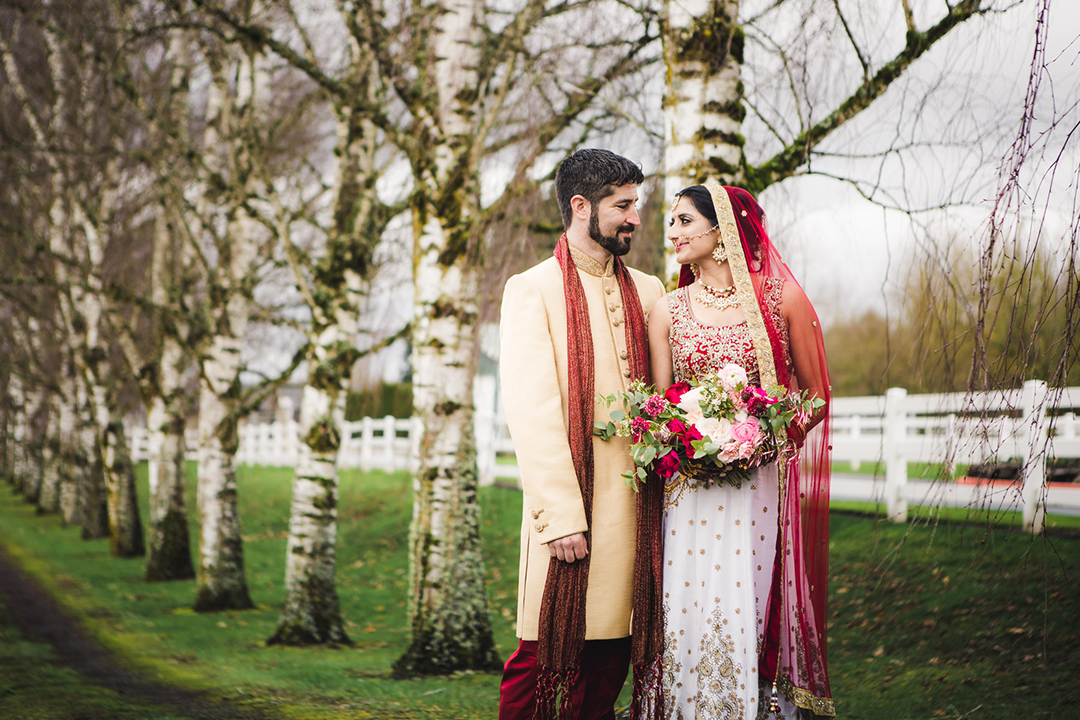
Marriages in the Indian community are grand celebrations, sometimes with events lasting a few days featuring intricate rituals and ceremonies, depending on several factors, including religious and cultural norms. Your invite should give you some idea of what to wear to the wedding as a guest or the bridal party can advise on attire, but here are a few ideas to get you started:
Number of Outfits
While you might be planning to attend only the wedding day, there may be other events associated with the wedding, both before and after, that you might also be invited to—especially if it’s a destination wedding. Check your invite to ensure you know which events you’re attending and where the venues are located when planning what to wear to an Indian wedding. You might need to plan for a few different options. For instance, a ceremony at a temple warrants more modest outfits compared to one held at a hotel’s banquet hall.
Dress for Comfort
Indian wedding ceremonies can go anywhere from less than an hour to a full day(s) of festivities leading to the grand event. Typically, religious and cultural norms dictate these events, and if you’ve been invited to all of them, you want to dress comfortably. This way, you’ll be at ease whether you’re sitting, standing, eating, or dancing, indoors or outdoors. Choose a fabric that allows you to enjoy the day(s) rather than limits your involvement in the festivities.
Dress in Indian Outfits
You can shop online or ask the bridal party where they suggest you get your outfit. For women, sarees, lehengas, salwars, ghagras, and shararas are all Indian outfits that would be perfect for the occasion. For men, kurtas, sherwanis, and suits are all fair game. Do check if certain colors or patterns are not advised. For instance, black (sometimes associated with bad luck) or white (associated with funerals) are considered colors to stay away from.
Dress in Indo-Western Outfits
Fusion-style garments are acceptable to wear to an Indian wedding. A little online research or working with an Indian designer, wedding consultant, or even a member of the bridal party can give you some great ideas. Remember though: If not done well, this could come off as appropriation or a mockery of the culture and traditions. So, while fusion attire may give you the comfort of not having to dress entirely in Indian clothes, it is an area in which you should tread carefully.
Dress in Wedding Attire You Know
When deciding what to wear to an Indian wedding, dress as you would for a wedding in your culture. This could mean a formal gown or evening dress, smart casuals, or a black tuxedo. But do keep in mind that you are attending an Indian wedding and might need to make some adjustments to your outfit. Too much skin show is frowned upon at traditional events or if the ceremony is in a religious venue. When in doubt, lean conservative rather than modern.
Break Out the Bling
There’s possibly no way to be overdressed at an Indian wedding, unless the couple and bridal party have consciously chosen to have a simpler gathering. Jewelry, especially made from gold and precious gems, is perfectly acceptable to flaunt at Indian weddings. In some cases, even male guests can accessorize with jewelry and be considered appropriately attired for the occasion.
Keep in Mind
For ceremonies, head coverings may be required for men and women, depending on different religions. Keeping a shawl or other piece of cloth handy is advised. Easy-to-wear footwear is also advised. Religious venues or locations considered sacred to the wedding party will ask that you take off your shoes before entering the premises. Certain Indian communities may also have ceremonies that require male and female guests to be seated separately, so be prepared to part ways at the venue and have your personal belongings on yourself.
Bright, joyous, and celebratory colors are all embraced at Indian weddings, and anything you wear that adds to the palette is a good choice. A little sparkle and glitter are always great at such momentous occasions, especially at Indian weddings.
Up next for you
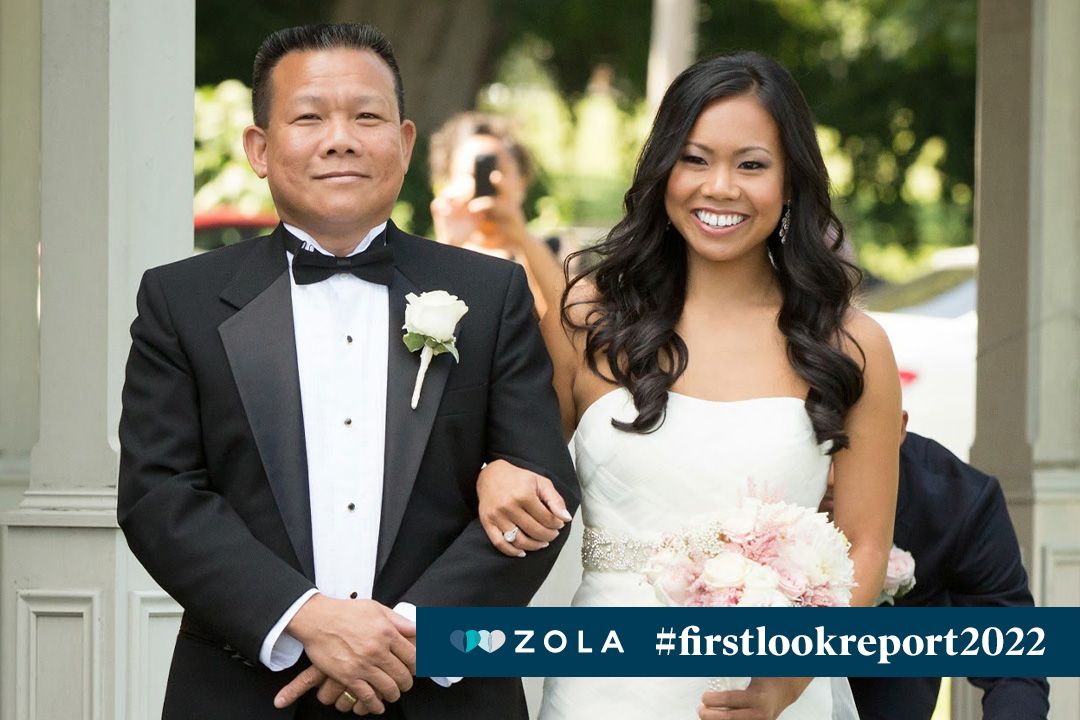
The Wedding Traditions We'll See in 2022—And The Ones We Won't
List
In Zola’s First Look Report, over 3,000 engaged couples shared the wedding traditions that they’re keeping, leaving, and are split on for their 2022 weddings. Here’s what they had to say.
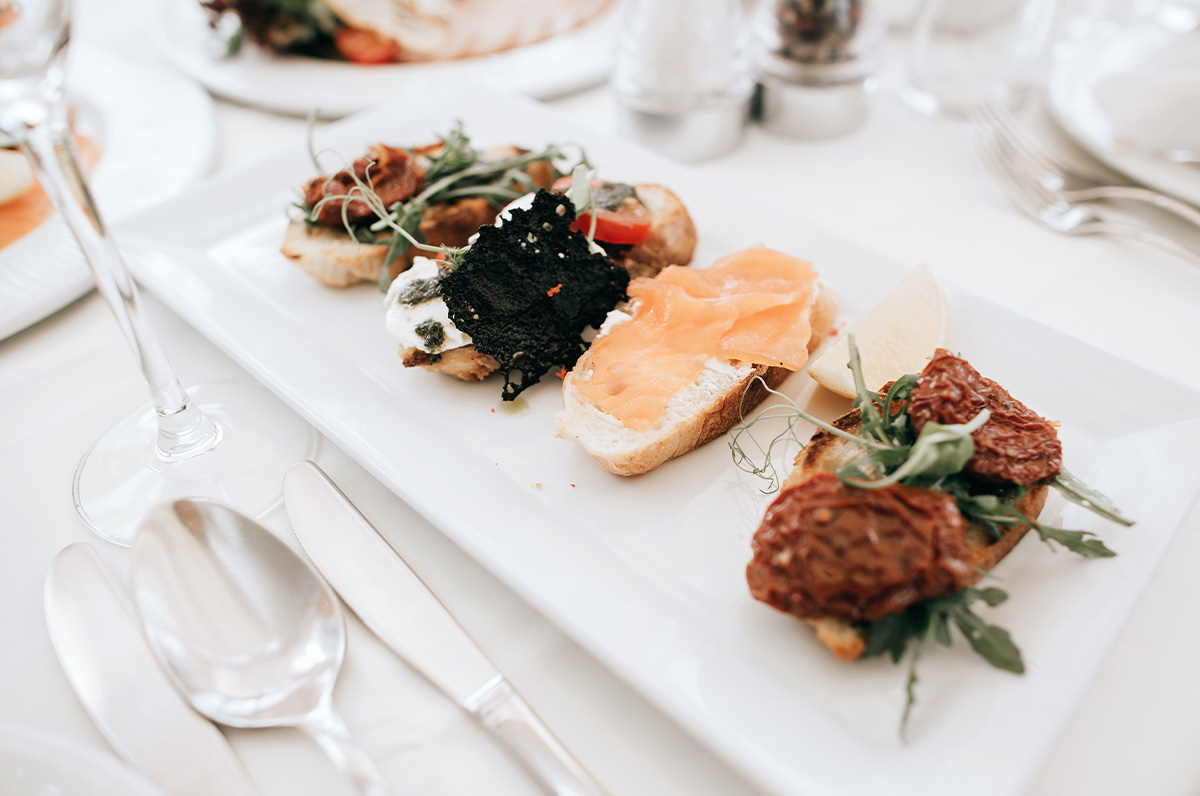
75 Best Wedding Food Ideas for Your Big Day
Inspiration
Craft your dream wedding menu with our creative food ideas. Find inspiration for delicious dishes to delight guests on your special day.
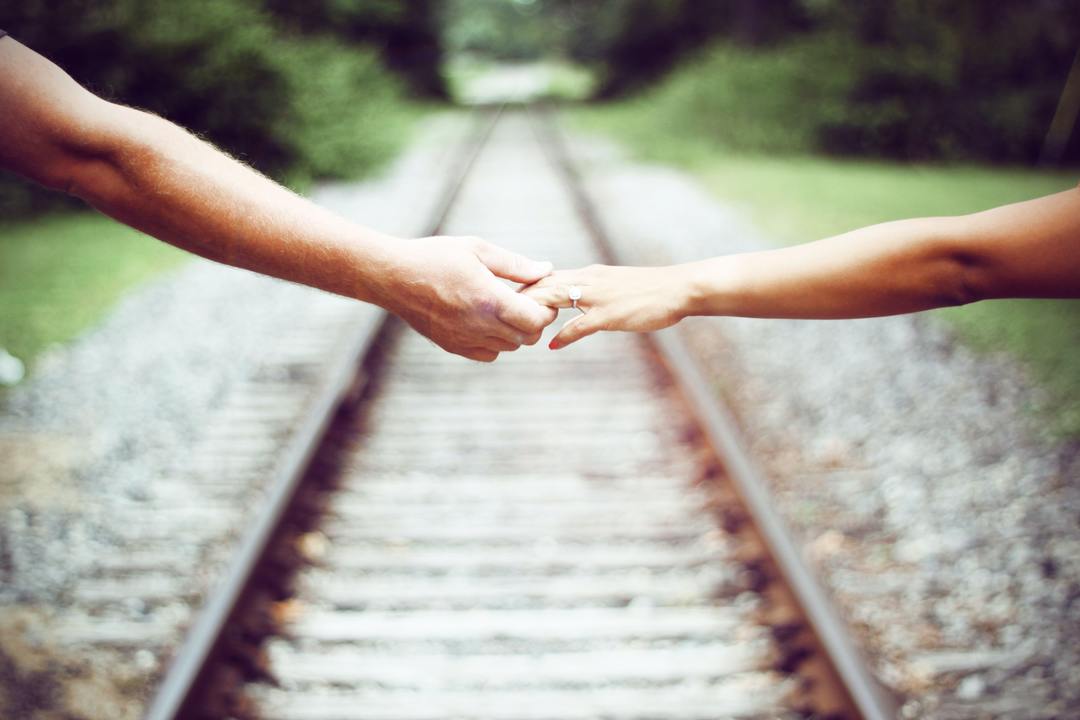
Traditional Wedding Vows for the Timeless Couple
How-To
Looking to recite traditional wedding vows on your special day? Read on for tips and examples from the Zola team.
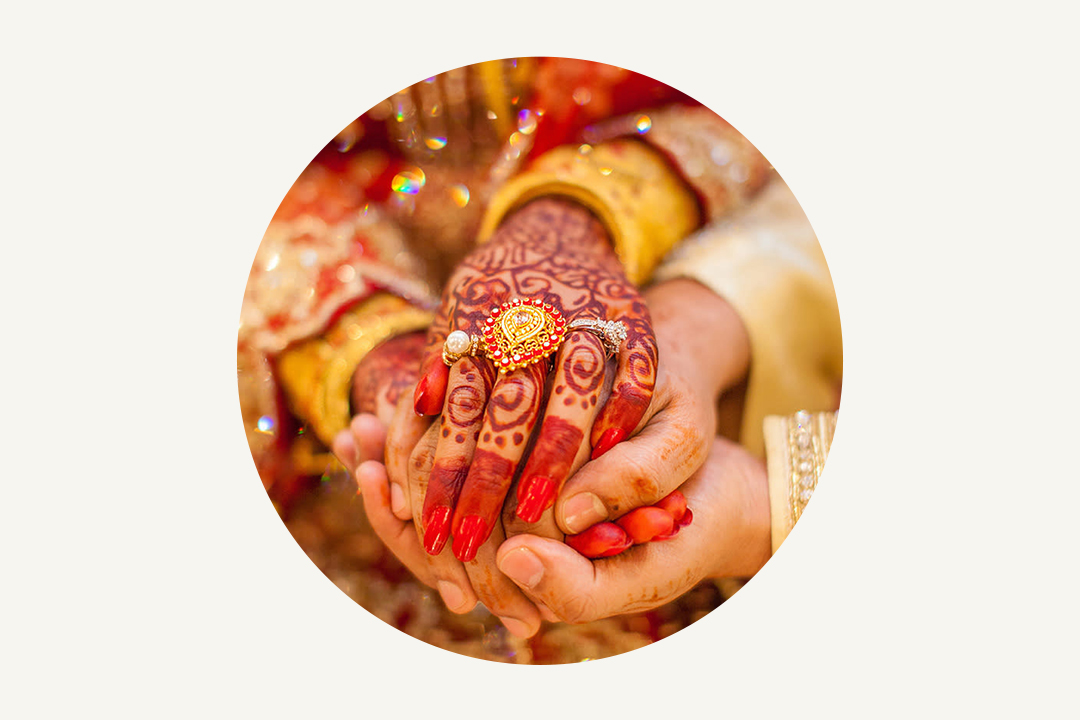
10 Traditional Wedding Gifts from Around the World
Inspiration
While the act of gift giving is universal, these 10 wedding gift traditions from around the world are unique to the countries that celebrate them. Click here to see the list.
Featured
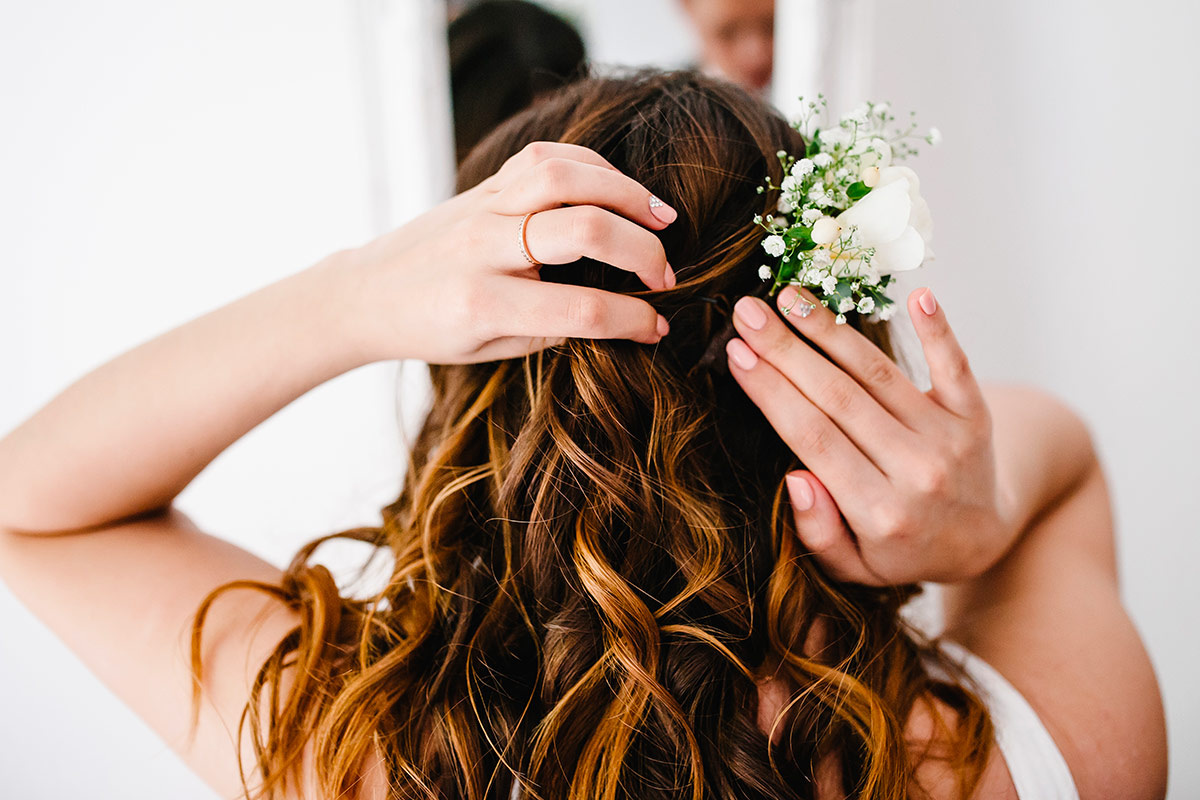
50 Wedding Hairstyles for All Hair Types
Inspiration
Seeking hair inspiration for your wedding day? With DIY tips from expert stylists, check out 50 diverse wedding hairstyles for every hair length, shape, and texture.
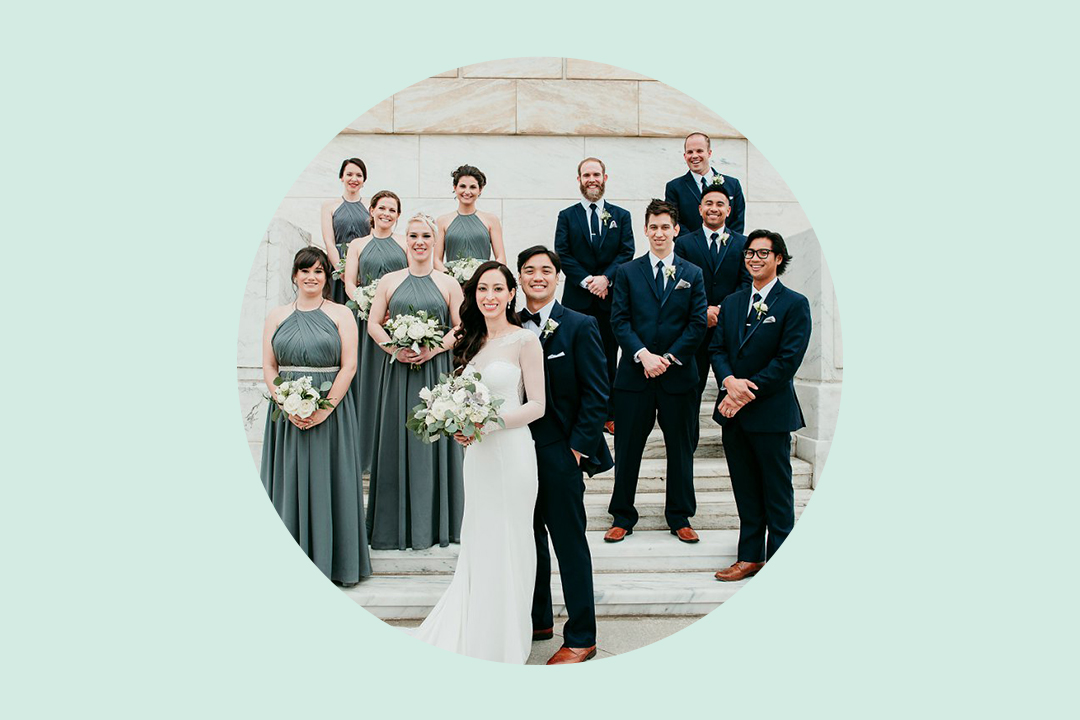
How Many People Should Be In Our Wedding Party?
Advice
You want to include everyone in your wedding party, but you know you can't. If you're having a hard time deciding who and how many, here's exactly how to figure out how many people should be in your wedding party.

Traditional Wedding Decor Ideas
Inspiration
Weddings are built on traditions, old ones, and new ones. For a little bit of something old, check out these traditional wedding decor ideas from Zola!
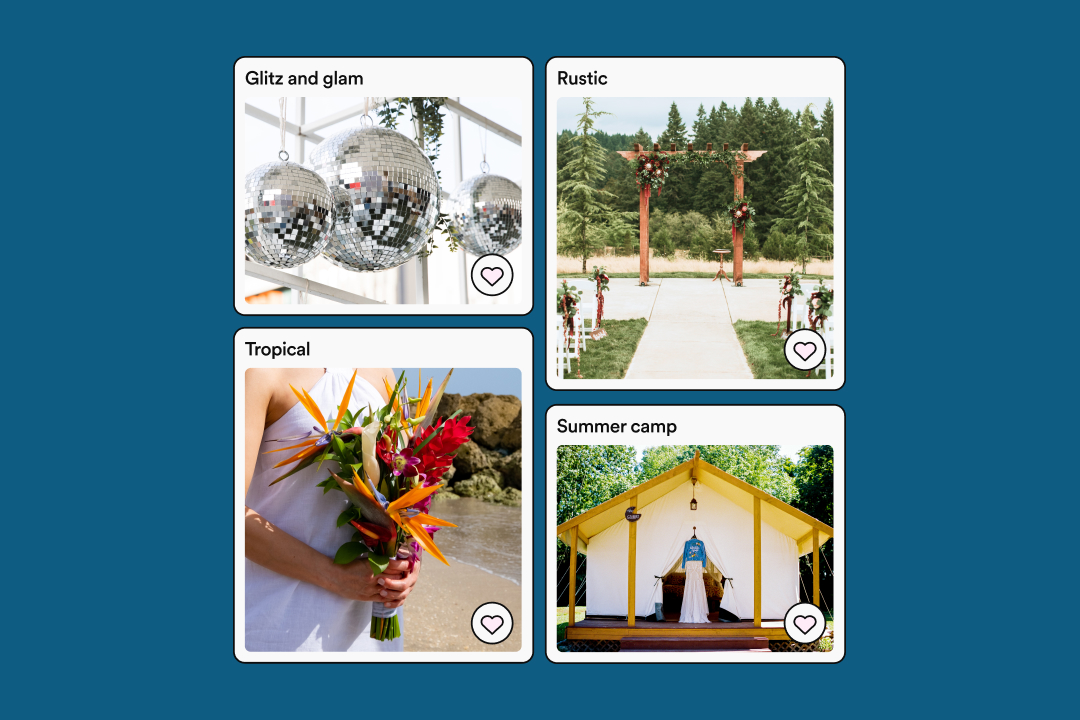
75 Wedding Themes to Inspire Every Type of Couple
Wedding Style
Looking for wedding themes to suit your personality and style? Zola has you covered with 75 of the best wedding theme ideas from classic to artsy to seriously unique.
- Expert advice/
- Fashion & beauty/
- Wedding attire/
- What to Wear to an Indian Wedding
Find even more wedding ideas, inspo, tips, and tricks
We’ve got wedding planning advice on everything from save the dates to wedding cakes.
